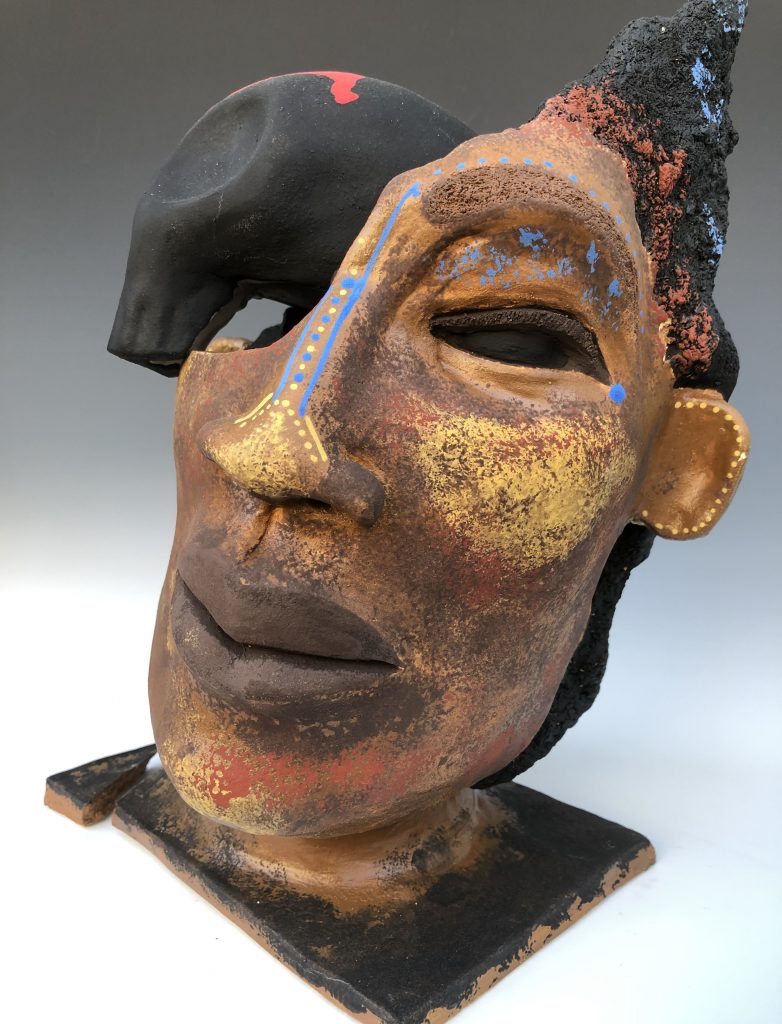PS: Can you tell me how your art practice has developed?
ST: One thing leads to another, leads to another: The unorthodox program where I received my Masters in Spirituality and Cultural studies began an awakening process for me.
Before that, I had been making art since high school and continued at the California College of Arts, with a 20-year diversion where life happened. I was about to start Bachelors studies which overlapped with serious health issues and surgery for me. I was determined to continue with my studies because for the first time I had a goal in mind. I wanted to study child psychology which led into social work. This was hard but I believe that it helped my maintain an elasticity that forwarded my physical healing. My intuition led me back to art classes during difficult post-surgery and getting my Bachelor’s. Curiosity led me to the Holy Names University Spirituality and Cultural Studies program. This is truly where my awakening began. Nature seemed to open to me. I was alert to sounds and life around me even in an urban environment. I was noticing insects and hearing woodpeckers. My growth process began in a painting class that emphasized spontaneous expression. Allowing myself to be guided by intuition, I realized the potential of painting from the heart or what moves me. I was drawn to art as a catharsis. Art and spiritual studies seemed to merge. Healing, art, art and personal growth interlocked.

PS: Your work in the gallery seemed to touch a lot of people and seemed to facilitate conversations among them. How does art play into your interaction with people?
ST: I learned self-reflection during my journey through studies, personal challenges. Because I am unpacking traumatic past events and trying to heal, I understand and my personality allows me to be vulnerable. Now is the time to share information. Now is an important time and I am using my voice. I have a lot to say. Art has helped me use my voice. In preparing for this exhibit, I have had to be focused and concentrated, it feels cathartic. I am unbinding, confronting what is in the shadows for me. This exhibit gives me the opportunity to begin talking, using my voice. Emotions came up in completing the stories. The struggle was saying what I wanted to say clearly. I wanted to add a picture with the piece, put words with the piece, adding different materials to complete the story. I worried about reactions but this is how I see the world and I am not alone in this. I have always believed that art imitates life and making this work has taught me that that is what is real. No two people see the same thing. I want my work to meet people right where they are. That is the most important thing to me.

PS: What is next for you?
ST: I dream of using my pieces as a point of discussion, to give artist talks. I have asked myself “what is my purpose?” Art has felt like my calling. I want to find a way of taking art into underserved communities and communicating how art can heal and to help people find their own paths. If we can work on ourselves, go deep within ourselves and make a change, it can’t help but heal us. That energy expands outward. That is hope.
